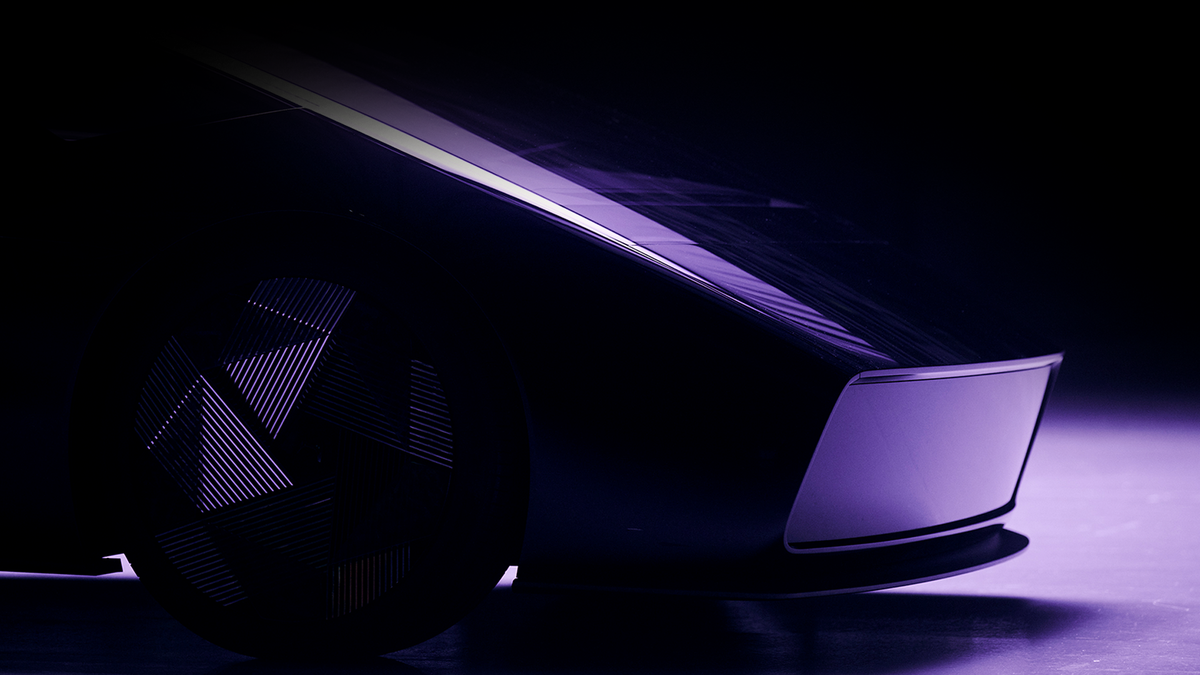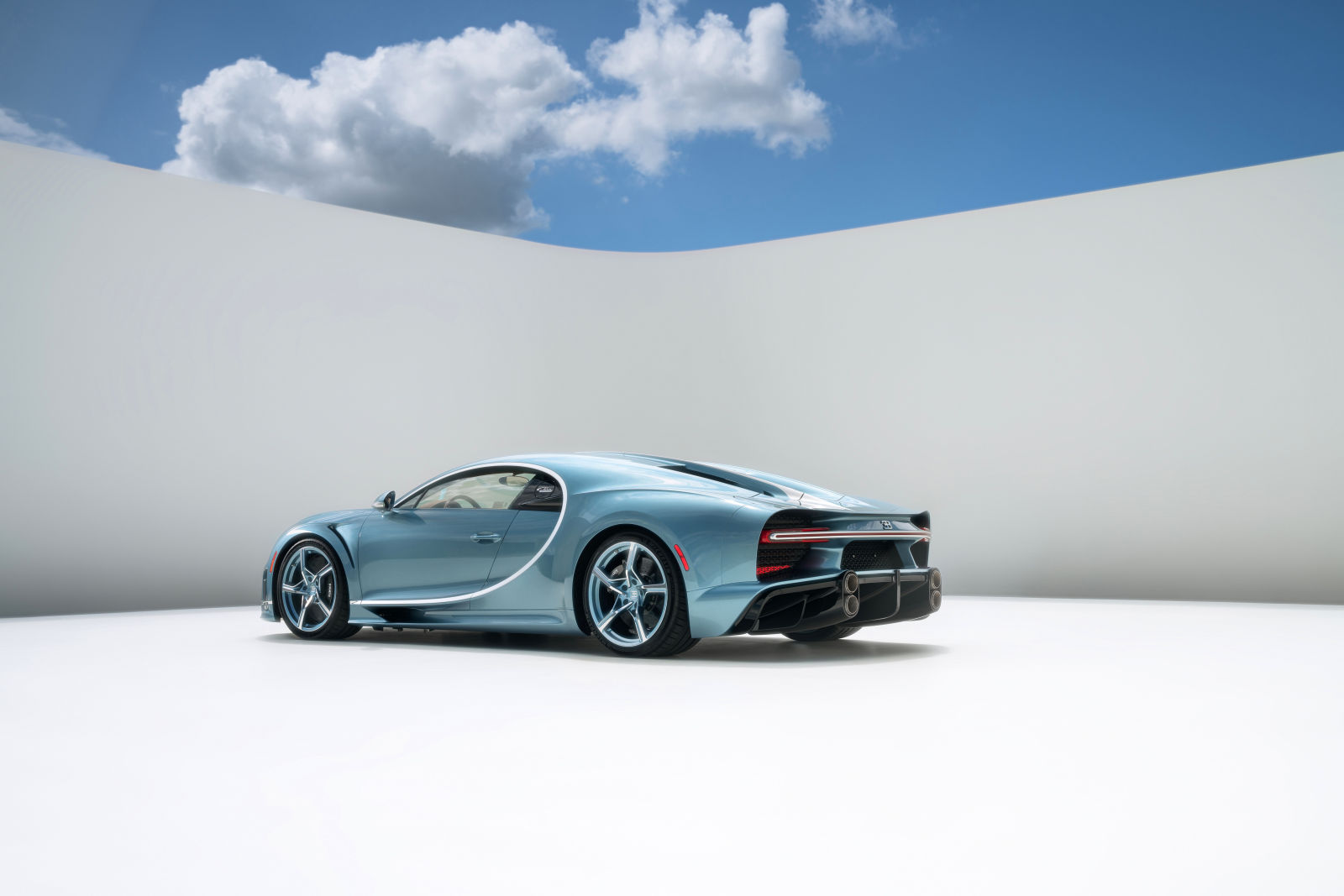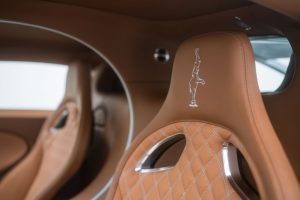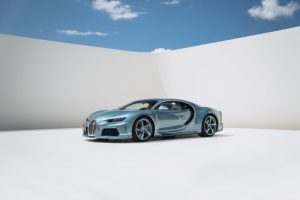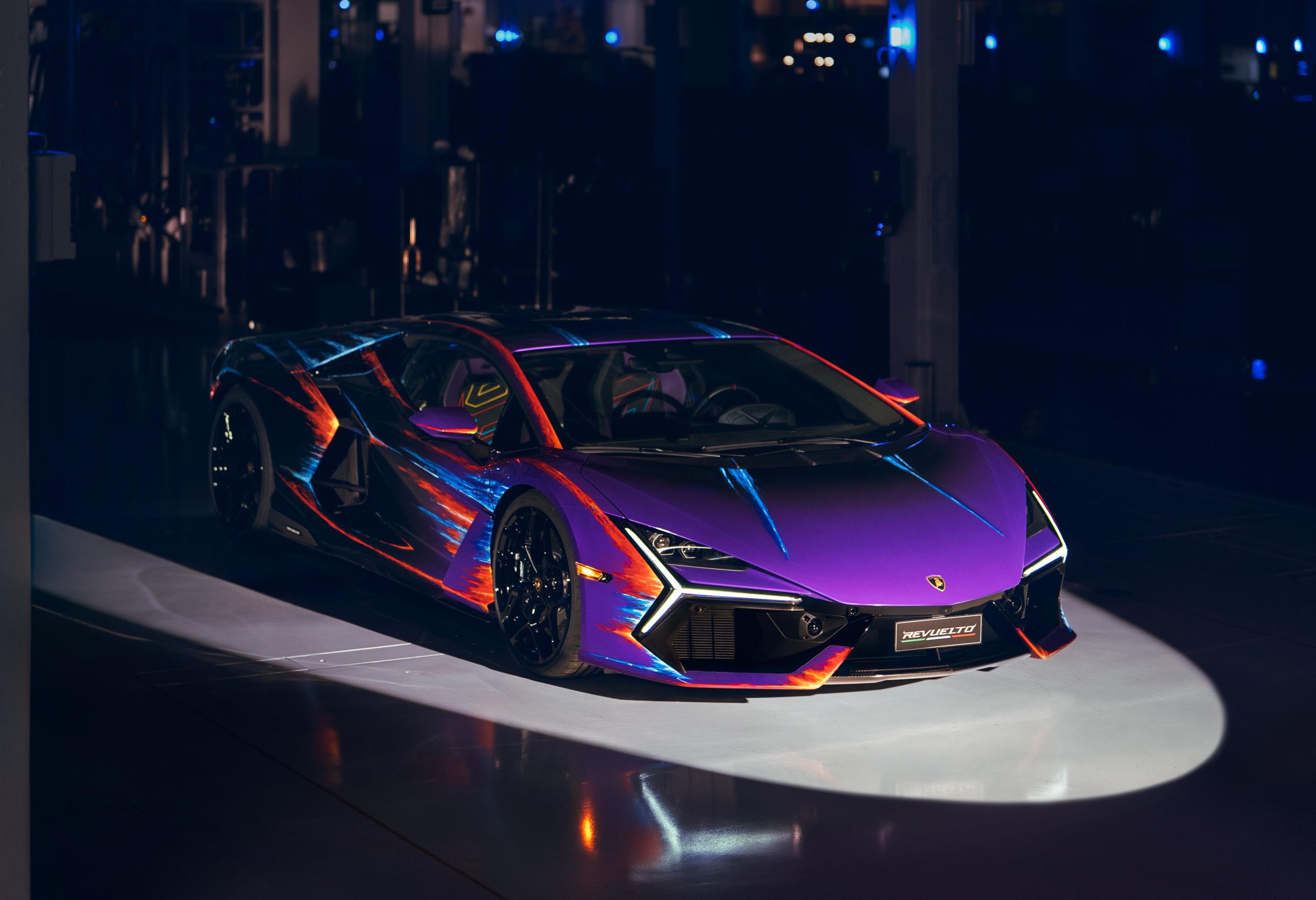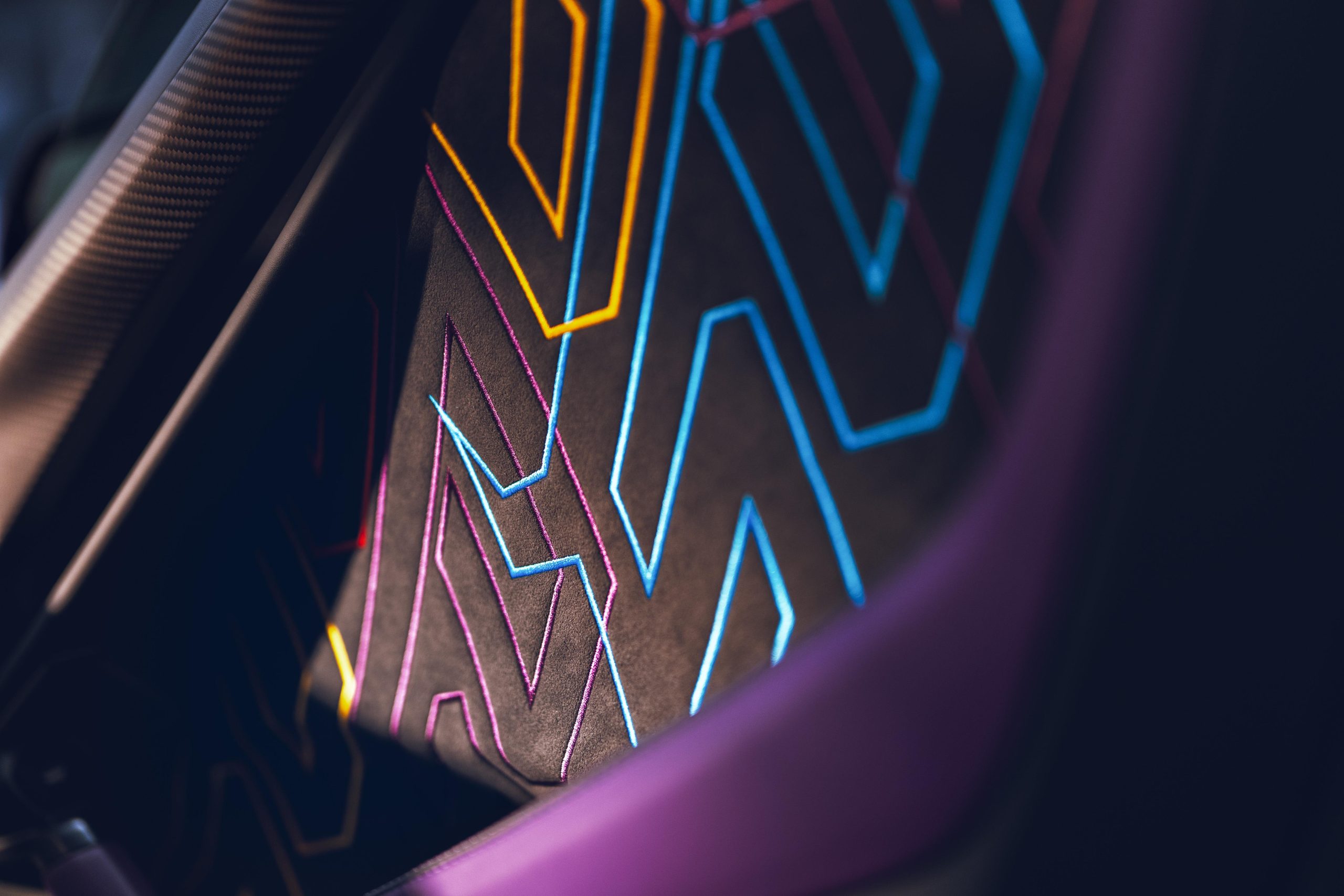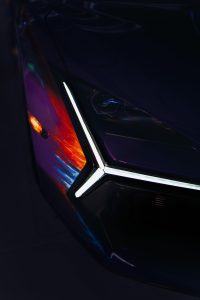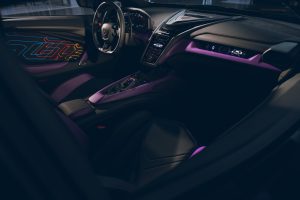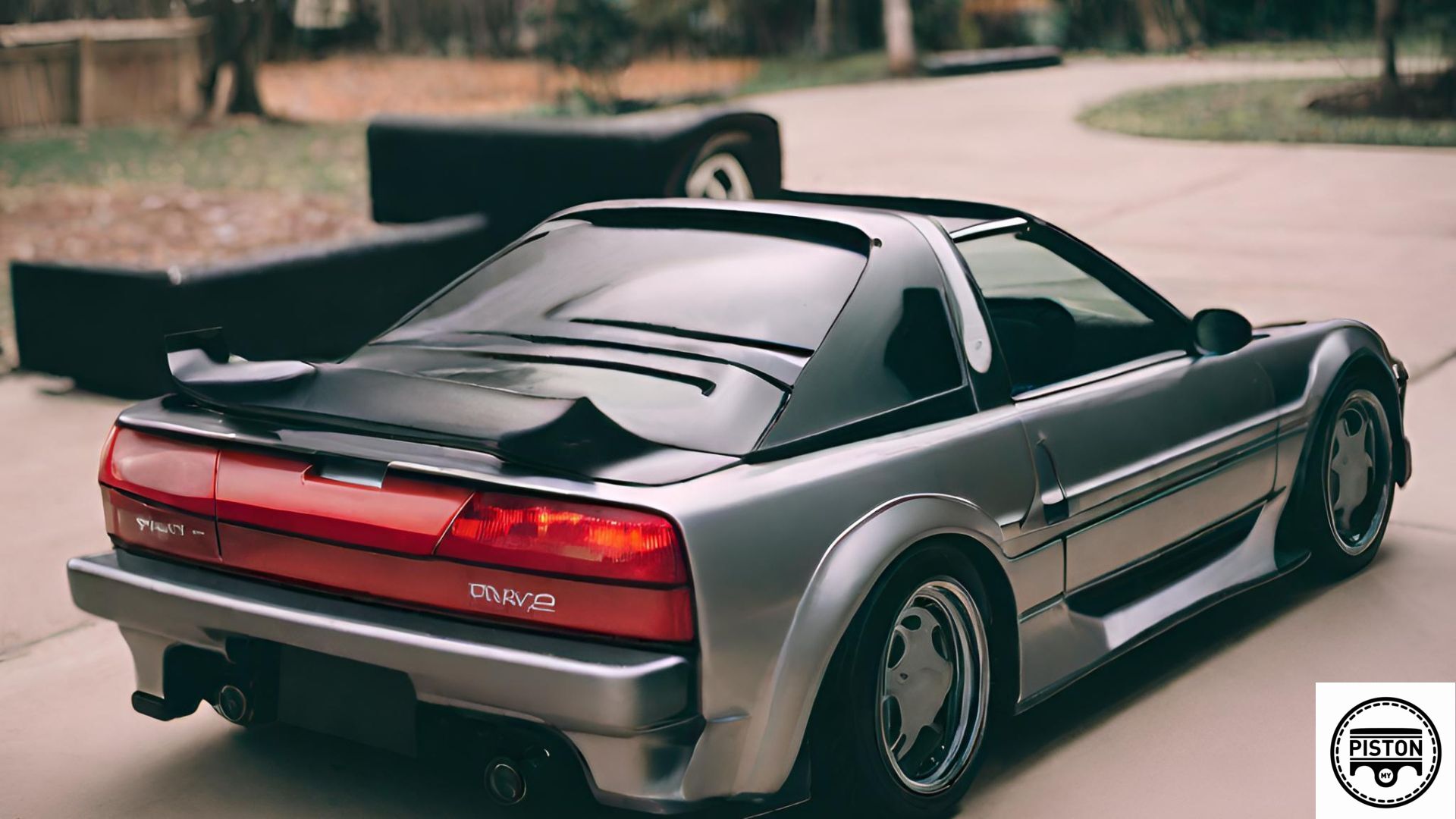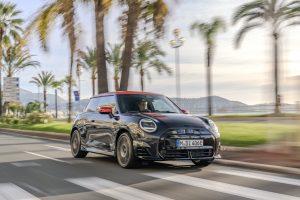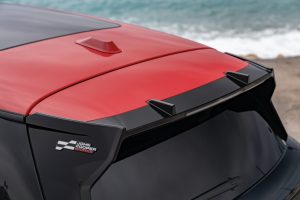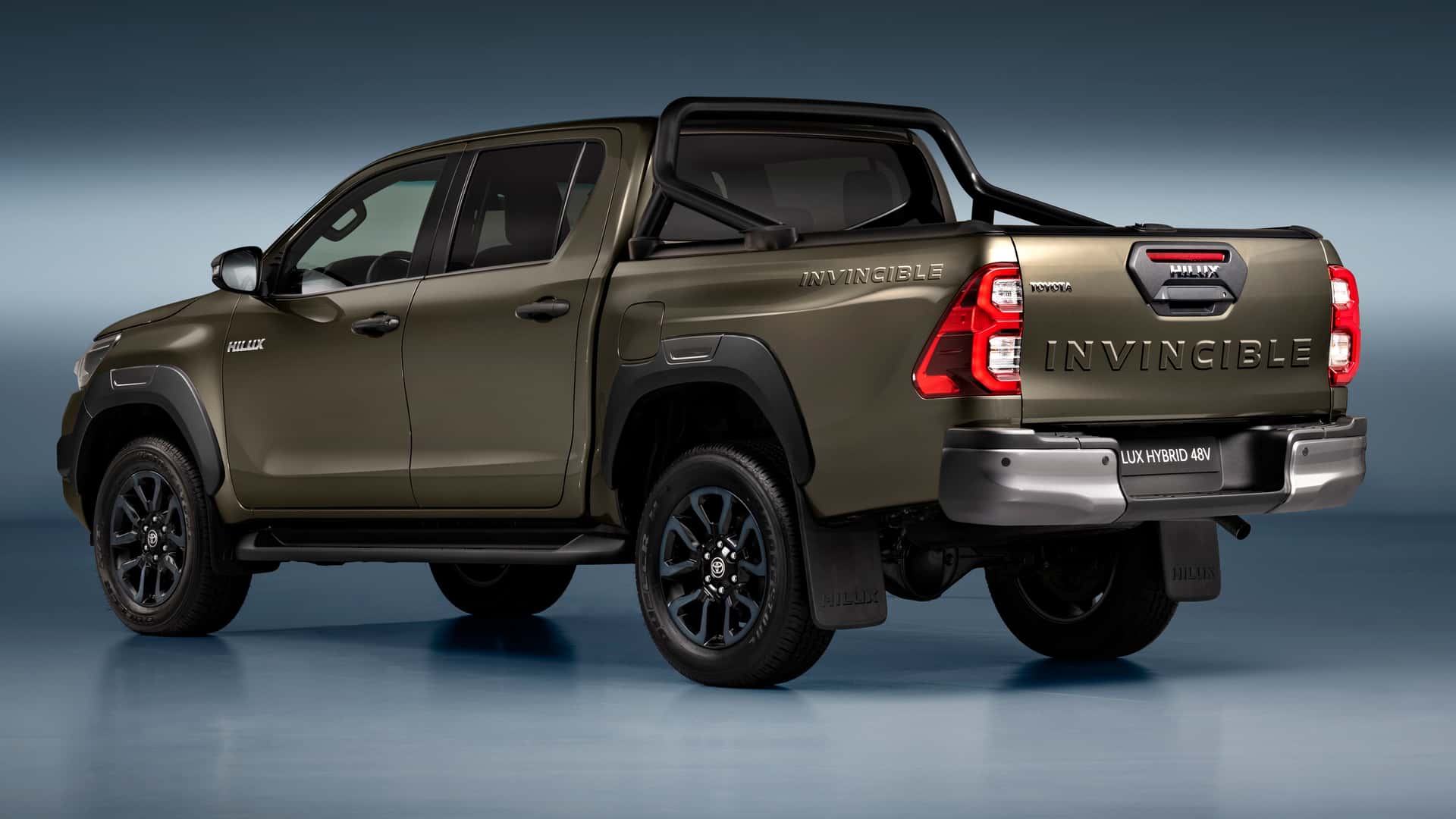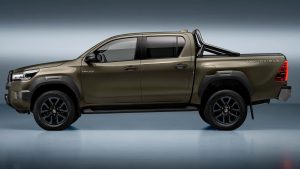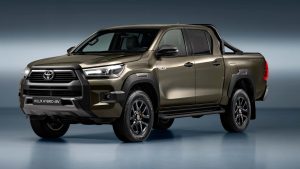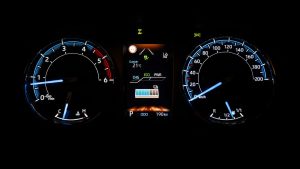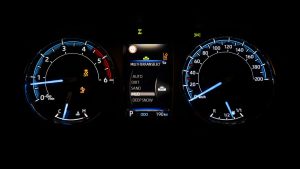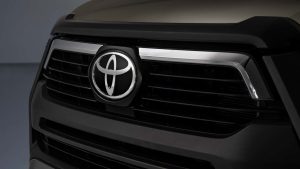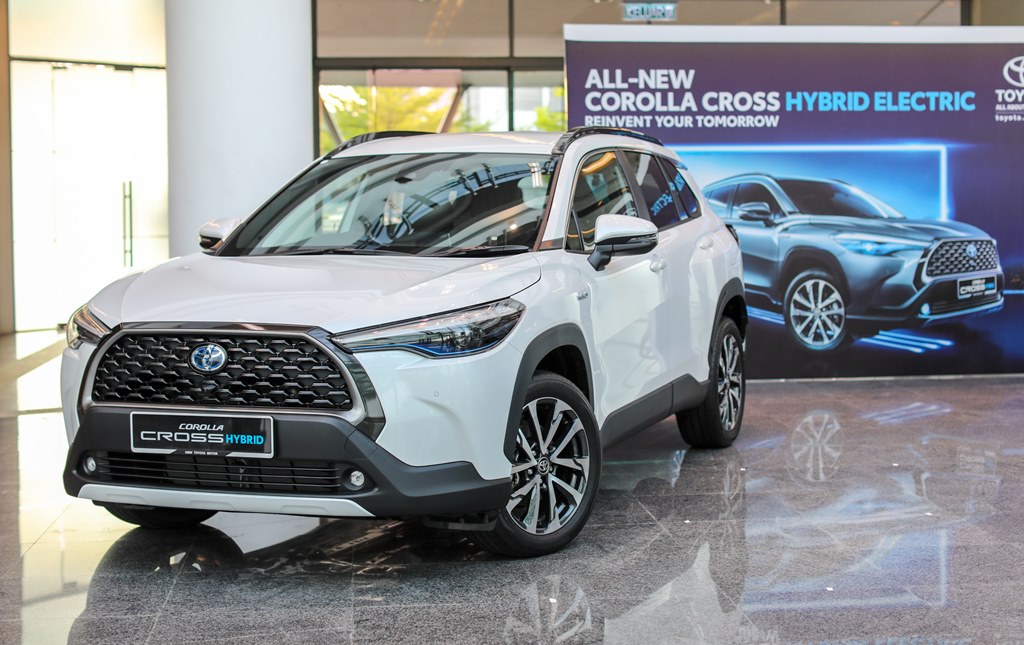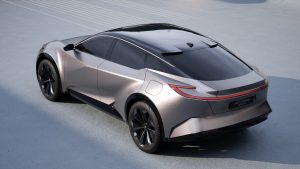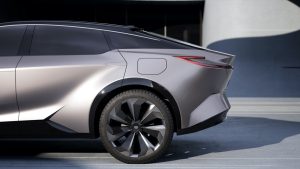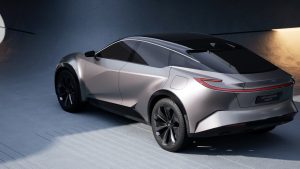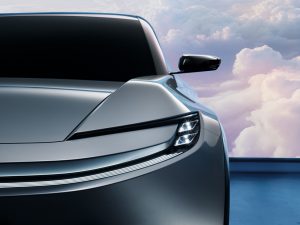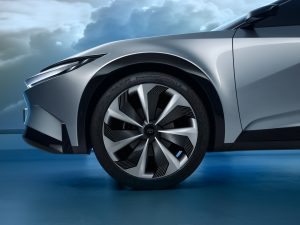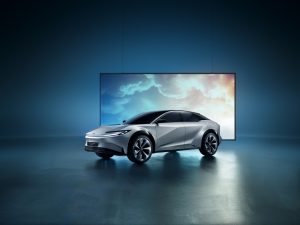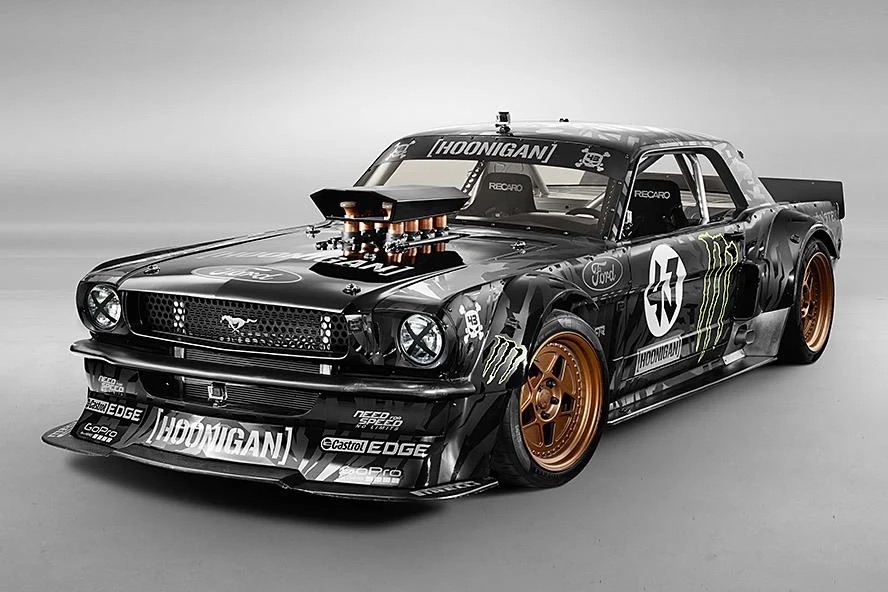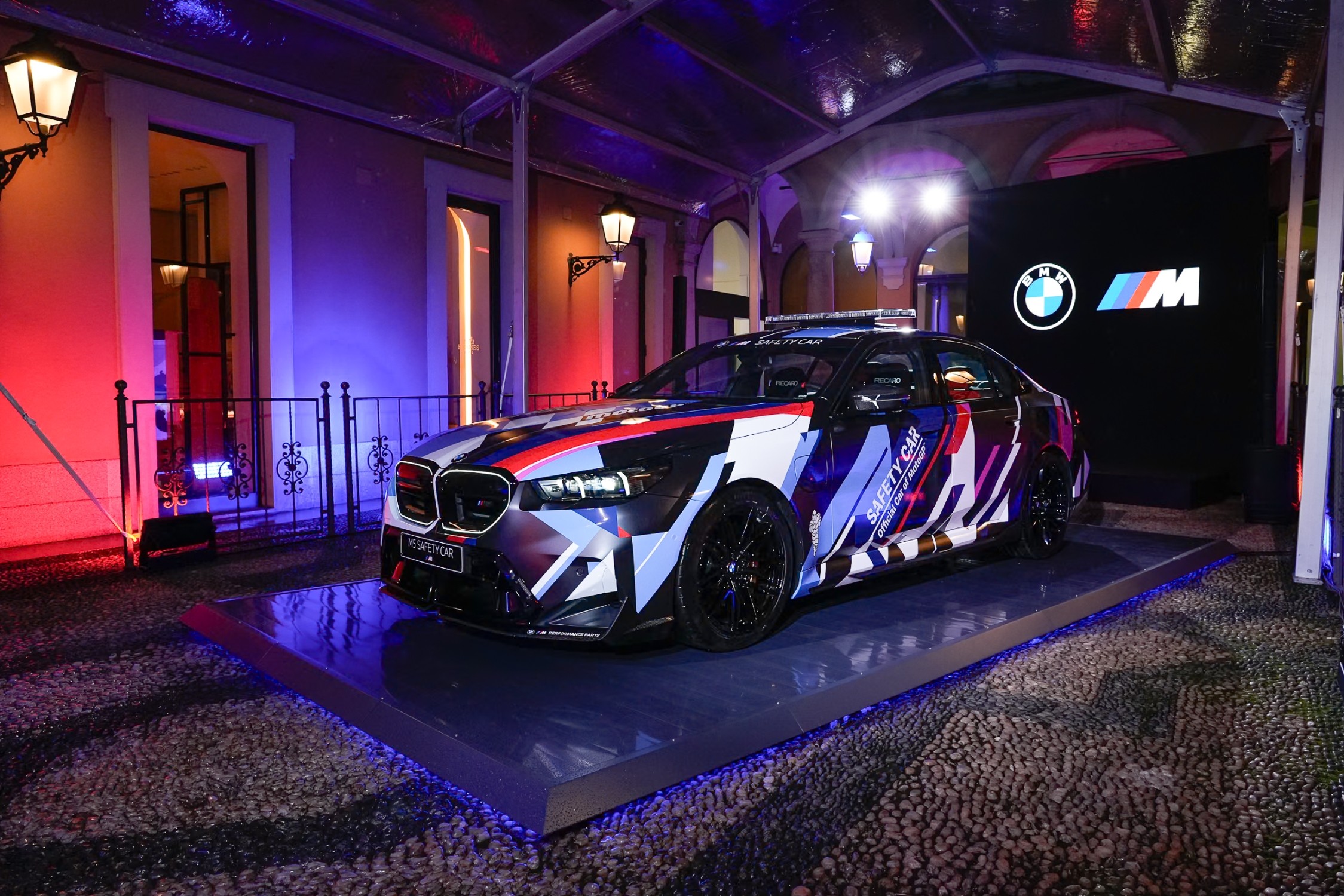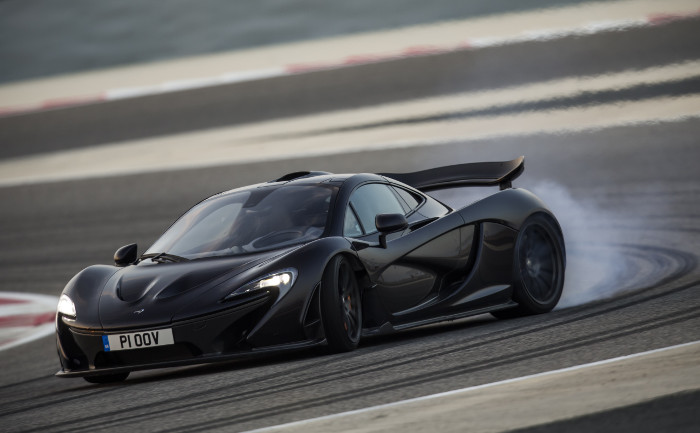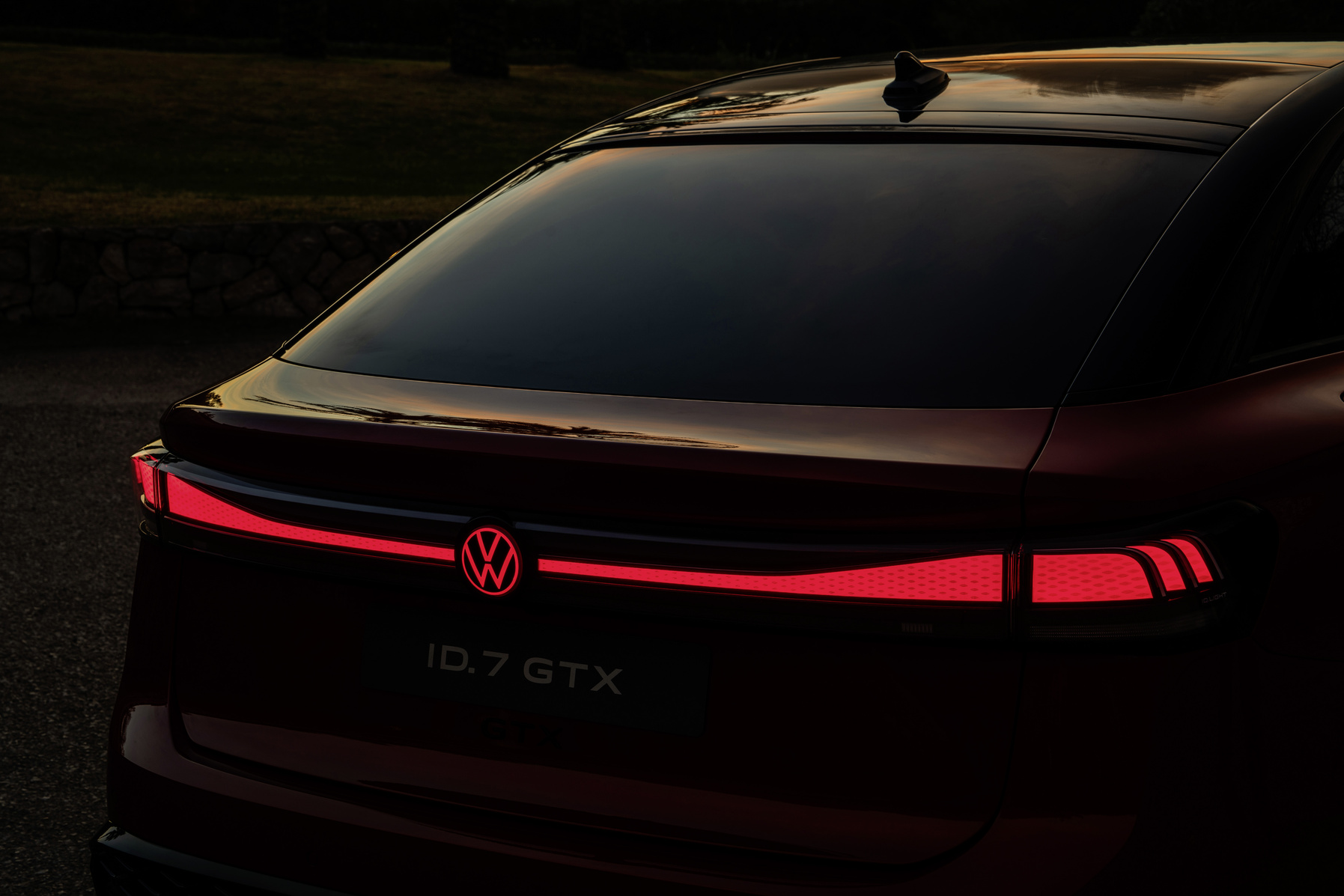Mini has introduced the Mini Cooper SE, boasting an electrically generated 218hp, 330Nm of torque, and a 0 to 100 km/h sprint time of 6.7 seconds. At the forefront of eco-friendly driving, the high-voltage battery, with a substantial 54.2 kWh energy content, propels the Cooper SE to a commendable range of up to 402km, as per the WLTP test cycle.

For those seeking a sportier aesthetic, the Cooper SE can be ordered in the coveted John Cooper Works Trim. This variant pays homage to Mini’s motorsport heritage, including triumphant moments at the iconic Monte Carlo Rally in the 1960s.

The John Cooper Works Trim stands out with the distinctive logo, characterised by clear lines, vibrant red, white, and black hues, and a symbolised chequered flag on the octagonal front grille. Notable features include 18-inch wheels in Lap Spoke 2-tone design, JCW brake callipers in striking red, and bold bonnet stripes, underscoring the Mini’s dynamic character.

In JCW Trim, it showcases front and rear diffusers, a high-gloss black finish for the radiator grille surround and logo, and eye-catching contrasting roof and mirror caps in Chilli Red.
Interior elegance meets sporty flair with JCW seats adorned in synthetic leather, highlighted by red stitching and multi-coloured knitted material. The dashboard features a distinctive JCW pattern, reminiscent of a chequered flag, adding a touch of racing spirit to the cabin.
The central, high-resolution OLED display, measuring 240mm in diameter, serves as a hub for vehicle-related data, navigation, media, phone, and climate settings. Mini Experience Modes introduce a new realm of personalisation, including the John Cooper Works-inspired Go-Kart Mode, enhancing the driving experience with anthracite red accents and a unique sound profile.
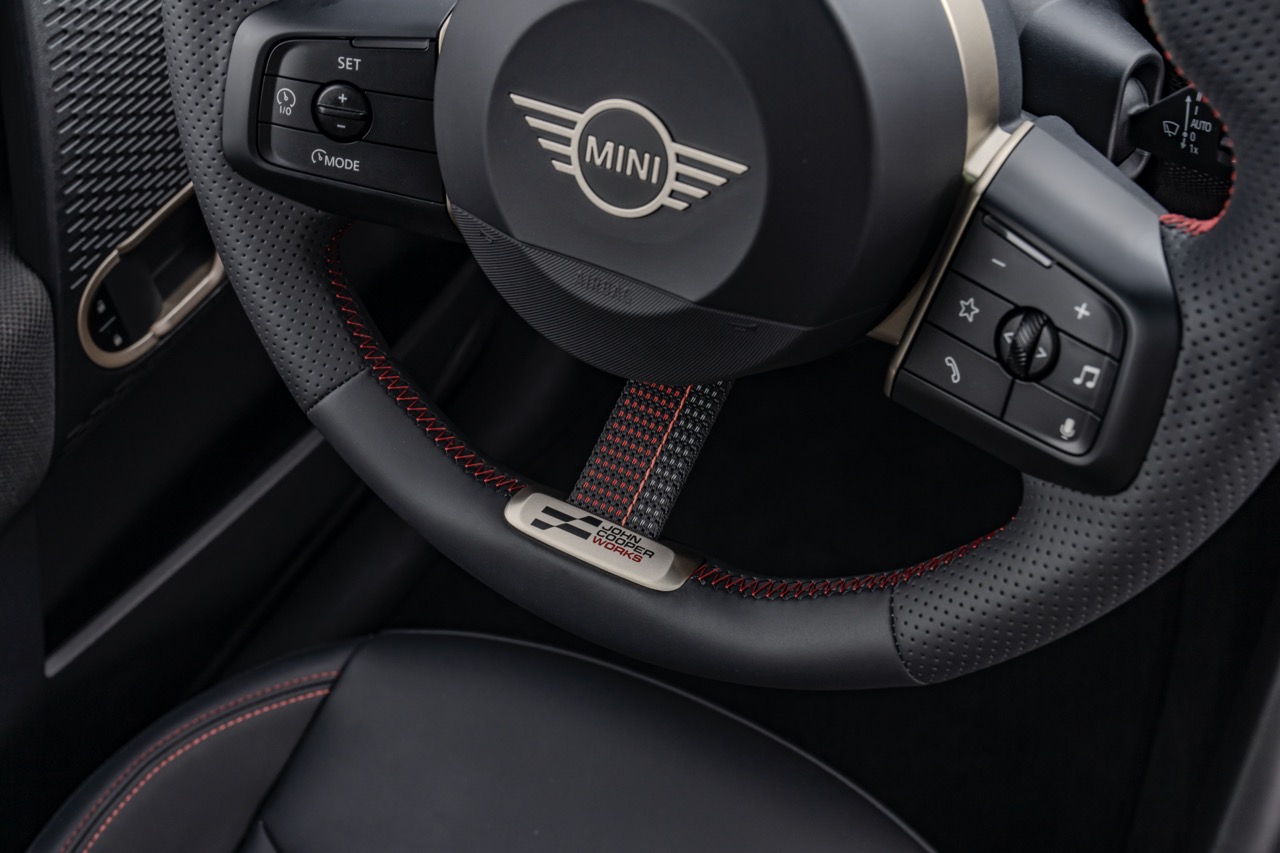
Technological prowess extends to parking convenience with Parking Assistant Plus, featuring 12 ultrasonic sensors and four surround cameras. The innovative Explore Mode enables smartphone-controlled parking without the driver being inside the Mini, a game-changer in tight parking situations.

Charging the Cooper SE is a breeze with fast direct current charging of up to 95 kW, allowing a rapid 10% to 80% charge in under 30 minutes. The 11 kW alternating current charging is complemented by a smart navigation system that optimises battery temperature for efficient charging, particularly in adverse weather conditions, ensuring a swift and seamless charging experience.




